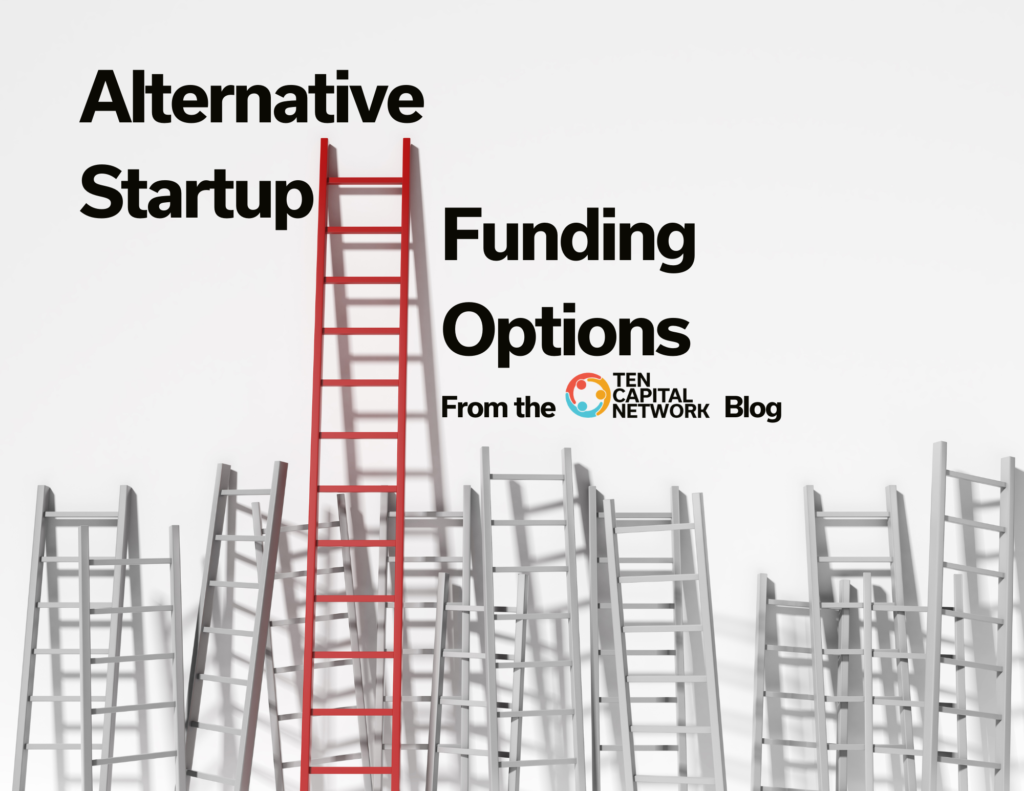2 min read There are several ways for startups to gain capital. At times, the most common methods, for example, securing investors, aren’t the most beneficial. If your startup is looking for alternative funding options, consider one or more of the methods below.
Promissory Notes
A promissory note is likely used to set up a loan it is for friends or family. Here are some key points to consider in reading a promissory note:
- The ‘Note Summary’ section establishes the relationship between the borrower and the lender, the date of the note, the total loan amount, and the agreed-upon interest rate.
- The ‘Terms of Repayment’ section defines how the loan will be repaid.
- The ‘Late Fee’ clause typically includes a late fee penalty. This clause documents either a fixed amount, such as $100 in addition to the current payment due, or a percentage of the payment due such as 1% per week.
- There is an option to include a prepayment option, which may help the lender as well as the startup. For example, follow-on accredited investors might prefer a loan to be paid off prior to closing their investment deal.
- Family and friend loans are intended to be more supportive, so you may choose a language that allows time to remedy the default within a predetermined number of days or weeks.
Revenue-Based Funding
Revenue-based funding makes a startup investment and pays back the investor at the rate of top-line revenue. This aligns the investor and founder to the same goal, to create a business and grow sales. The higher the sales, the faster the payback to the investors and the higher the compensation to the founders.
Revenue-based funding typically sets the payback rate at 1-3% of top-line revenue. In revenue-based funding, the investors receive a revenue share until they reach a predetermined payback amount. This is different from a loan which sets the payout rate regardless of the seasons or cycles within the business.
Revenue-based funding keeps early-stage investors off the cap table so it’s clean for future investors. Once the payback amount is reached, the investors are finished and are no longer in the picture. It works well for businesses that have recurring revenue and healthy margins and is a good way to reduce dilution for the founders.
Salary-Based Funding
Salary-based funding makes a startup investment and pays back the investor at the rate of compensation the founders take. This aligns the investor and founder on the same goal: to create a business that can sustain itself and pay the team.
The investors receive an agreed-upon percentage of any salary or profit the business takes in. In salary-based funding, the investors receive payback until they reach a predetermined payback amount. This is different from revenue-based funding which is a debt instrument that pays out based on a percentage of top-line revenue. This keeps early-stage investors off the cap table so it’s clean for future investors. The investor can choose to take their payback in cash, or they could convert it to equity. This is a good way to run an initial raise when it’s not clear if additional funding will be required.
Read more on the TEN Capital Network eGuide: Alternate Investing

Hall T. Martin is the founder and CEO of the TEN Capital Network. TEN Capital has been connecting startups with investors for over ten years. You can connect with Hall about fundraising, business growth, and emerging technologies via LinkedIn or email: hallmartin@tencapital.group





